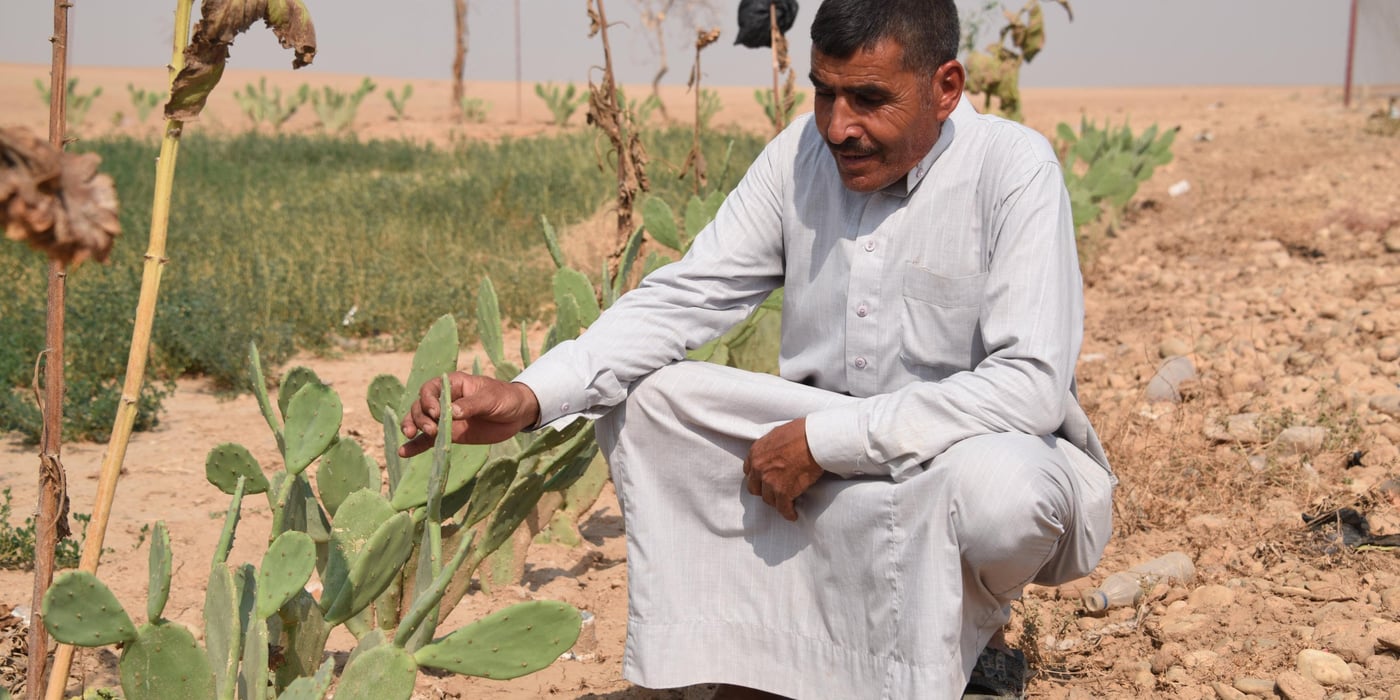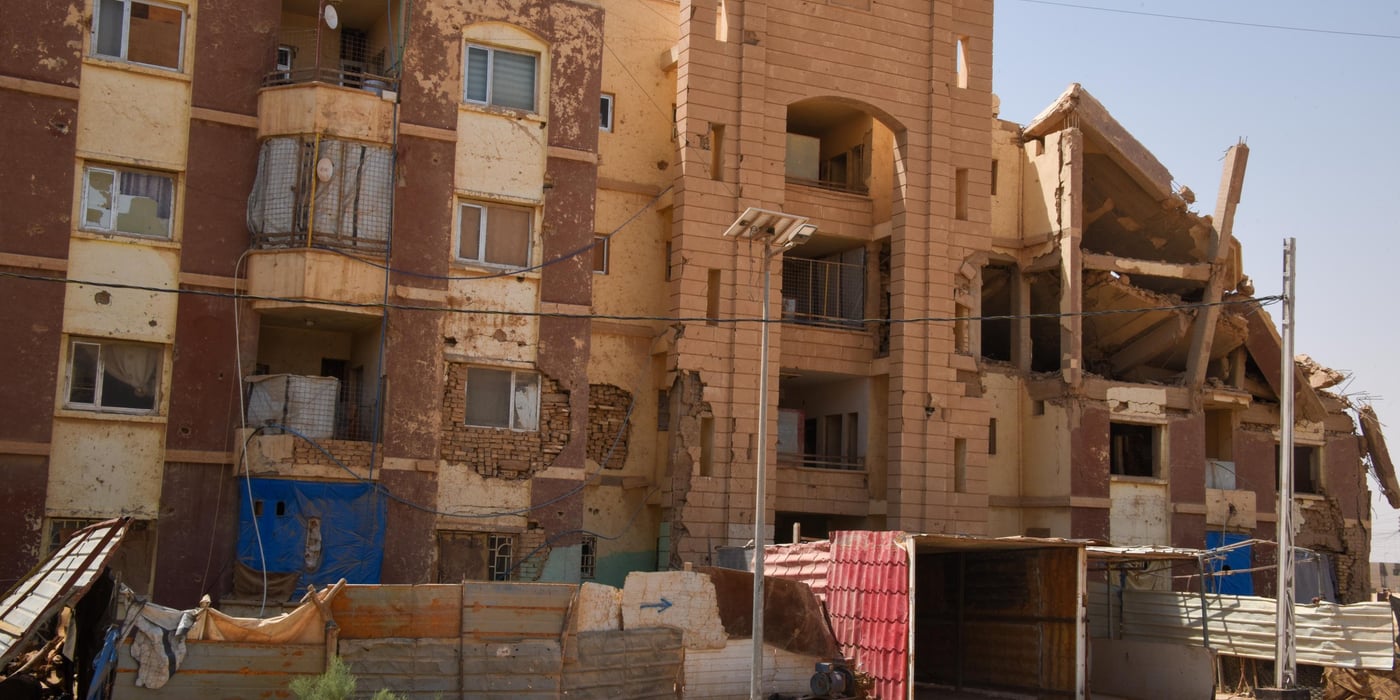
“Iraq’s climate is changing faster than people can adapt,” said Anthony Zielicki, NRC interim Country Director in Iraq. “For the 1.2 million still displaced by conflict, and the millions who have returned home, resettled or relocated, recovery from years of conflict is being crippled by extreme drought, and undermining hard-won gains in livelihoods and income security.”
According to a new survey by NRC, 60 per cent of farmers said they cultivated less land or had to use less water due to extreme drought. Adverse climate conditions have also impeded access and functionality of market systems, exacerbated social tensions, and increased risks of secondary displacement.
“As an organisation committed to supporting people forced to flee, we see an imperative to raise the alarm,” added Zielicki. “Iraq has taken laudable steps to put climate change on the national agenda. The scale and speed of climate change impacts in Iraq requires urgent action on mitigation and adaptation.”
In areas where decades of conflict have caused substantial damage to infrastructure, rising temperature and water scarcity have contributed to mounting inequality in water access among communities. Links between climate, conflict and displacement are increasingly prominent in the Ninewa Plains in northern Iraq. In the town of Ba’aj, 24 per cent of respondents are considering leaving their homes because of drought.
“All my neighbours have left,” Abu Rashid, a farmer from Ninewa told NRC. “Only ten years ago, 35 people worked on my farm. This year, I could not even afford to feed my own family. Now, I work as a daily labourer to make ends meet. If this continues, I too will have to move soon. You know what happened here, the world knows what happened here. Today, the bullets have stopped but we are still scared of losing our home.”
NRC calls on the Iraqi government to take steps to monitor, regulate and allocate the country’s water resources more effectively and accelerate the development of Iraq’s ‘Green Paper’, which is projected to roadmap Iraq's climate ambition and outline technical and budgetary commitments. Ahead of the climate Conference of Parties (COP) in the United Arab Emirates this week, NRC urges donors and financial institutions to increase funding for adaptation and climate resilience programming in displacement and conflict contexts.
Notes to editors
- NRC’s third climate and displacement report, “Inadequate and inequal: water scarcity and displacement in Iraq” is available for download in English and Arabic on this link: Inadequate and inequitable: water scarcity and displacement in Iraq | NRC
- The report finds 60 per cent of farmers were forced to cultivate less land or use less water during the 2023 farming season, and 4 in 5 had to reduce food expenditure.
- The Ninewa Plains in northern Iraq shows signs of being an emerging hotspot, with inter-linkages between climate, peace and security exacerbating community trust and movement intentions. 1 in 4 small scale farmers in Sinjar and Ba’aj reported being forced to give up farming. 1 in 5 respondents in Ba’aj linked climate change to increased social tensions, and 1 in 4 are thinking of moving because of drought.
- The report surveyed 1,079 individuals across four governorates—Anbar, Kirkuk, Ninewa and Salahaddin, and was conducted between July and August 2023. 40 per cent of respondents were women, and approximately 10 per cent indicated disabilities.
- Since 2021, NRC has issued a yearly report on the impact of climate in Iraq across four broad themes: water security and governance, income and food insecurity, social tension, and drought and displacement.
- High resolution photos: NRC Visuals
- Video footage from drought affected areas and NRC's climate adaptation programming: https://www.dropbox.com/scl/fo/f9pu1m2epm4vwy5lxa0yp/h?rlkey=j3f5jo6u6x7zqope69v56lhw1&dl=0



